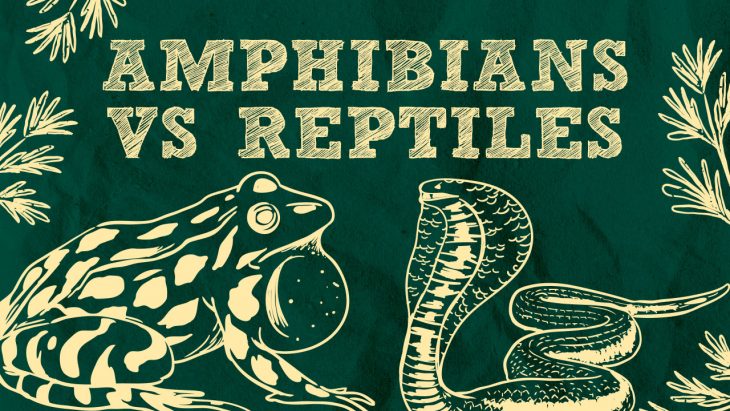
Can you spot the difference between amphibians vs reptiles? At first glance, amphibians can look like reptiles, and reptiles often seem like amphibians. It’s no wonder people often confuse the two.
Upon a closer look, however, it’s easy to tell them apart. If you’re interested in learning more about amphibians vs reptiles, their similarities, and differences, then keep on reading!
What is an amphibian?
To better understand the confusion around amphibians vs reptiles, it’s important to first define these two terms.
The word, “amphibian”, comes from the Ancient Greek word, “amphíbios”. It literally translates to “both kinds of life”. “Amphi” means “of both kinds” and “bios” means “life”. As its name suggests, an amphibian refers to an animal that can live on land and in water.
An amphibian refers to any animal that belongs to the class Amphibia. There are around 8,000 species of amphibians, and almost 90% of them are frogs. Today, there are three modern orders of amphibians. These are the Anura, or the frogs, the Urodela, or the salamanders, and the Apoda, the caecilians.
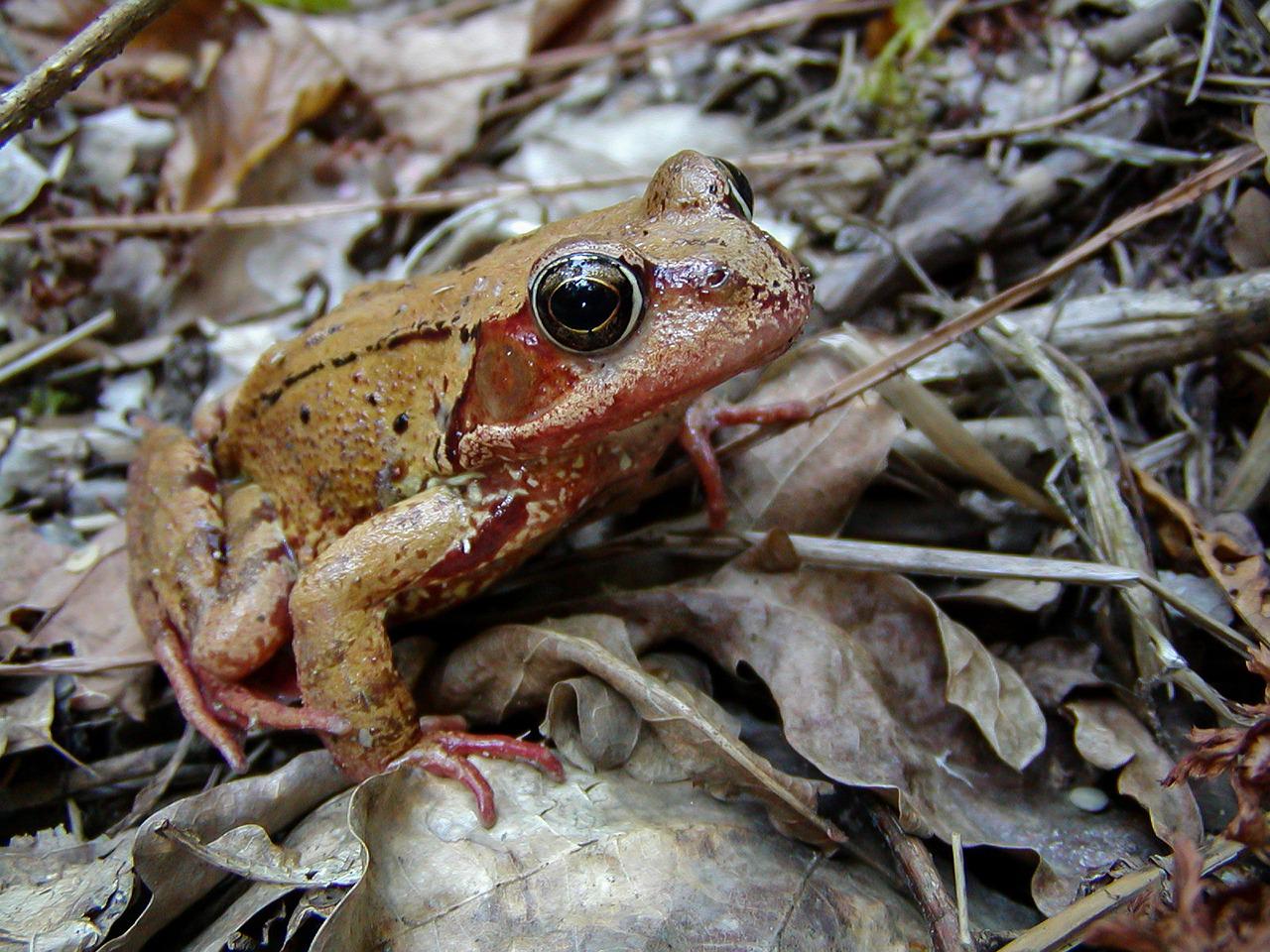
What is a reptile?
A reptile refers to any animal that belongs to the class Reptilia. There are over 10,000 species of reptiles and around 2,700 subspecies. This includes the different species of turtles, crocodiles, lizards, snakes, and tuataras.
The word, “reptile”, comes from the Latin word, “rēpō”, which means “to creep”. Despite the origin of its name, however, reptiles do more than just creep. As excellent hunters, reptiles can run, climb, swim, and jump.
With the definitions out of the way, it’s time to dive into amphibians vs reptiles, their similarities, and their differences.

Amphibians vs Reptiles: Classification
Amphibians and reptiles have many similarities, and one thing they have in common is their past classification. Historically, amphibians belonged to the same group as reptiles. In the 13th century, scientists categorized any animals that lay eggs as reptiles, including amphibians. It wasn’t until the 19th century that scientists differentiated reptiles from amphibians.
Today, amphibians and reptiles are two separate classifications. They are two of the five classes in the subphylum Vertebrata, along with mammals, birds, and fish.
Given this history, it’s no surprise scientists often study these two animals together. In fact, herpetology is a branch of zoology that focuses on amphibians and reptiles.
Amphibians vs Reptiles: Physical Characteristics
Amphibians and reptiles are both cold-blooded vertebrates.
As subgroups of the subphylum Vertebrata, amphibians and reptiles are both vertebrates. Like humans, both amphibians and reptiles have backbones. The backbone’s primary function is to protect the animal’s spinal cord. It also provides them with structural support, helping them sit, stand, and perform other movements.
Furthermore, amphibians and reptiles are both ectothermic or cold-blooded animals. Cold-blooded animals refer to those that cannot produce their body heat. They rely on external sources to regulate their body temperature. For instance, some animals will sunbathe or submerge themselves in cool water to maintain their body temperature.
Amphibians have wet and permeable skin.
If you’re having a hard time differentiating amphibians vs reptiles, take a closer look at their skin. Amphibians, such as frogs, usually have wet skin. They produce mucus that keeps their skin moist at all times. Doing so helps them absorb oxygen through their skin.
Unfortunately, this also means amphibians have highly permeable skin. Their skin can absorb not only oxygen but also toxins from the water. Because of this, amphibians are often indicators of a body of water’s toxicity. For instance, the sudden absence of frogs in a river can indicate a toxic spill or contamination in the water.
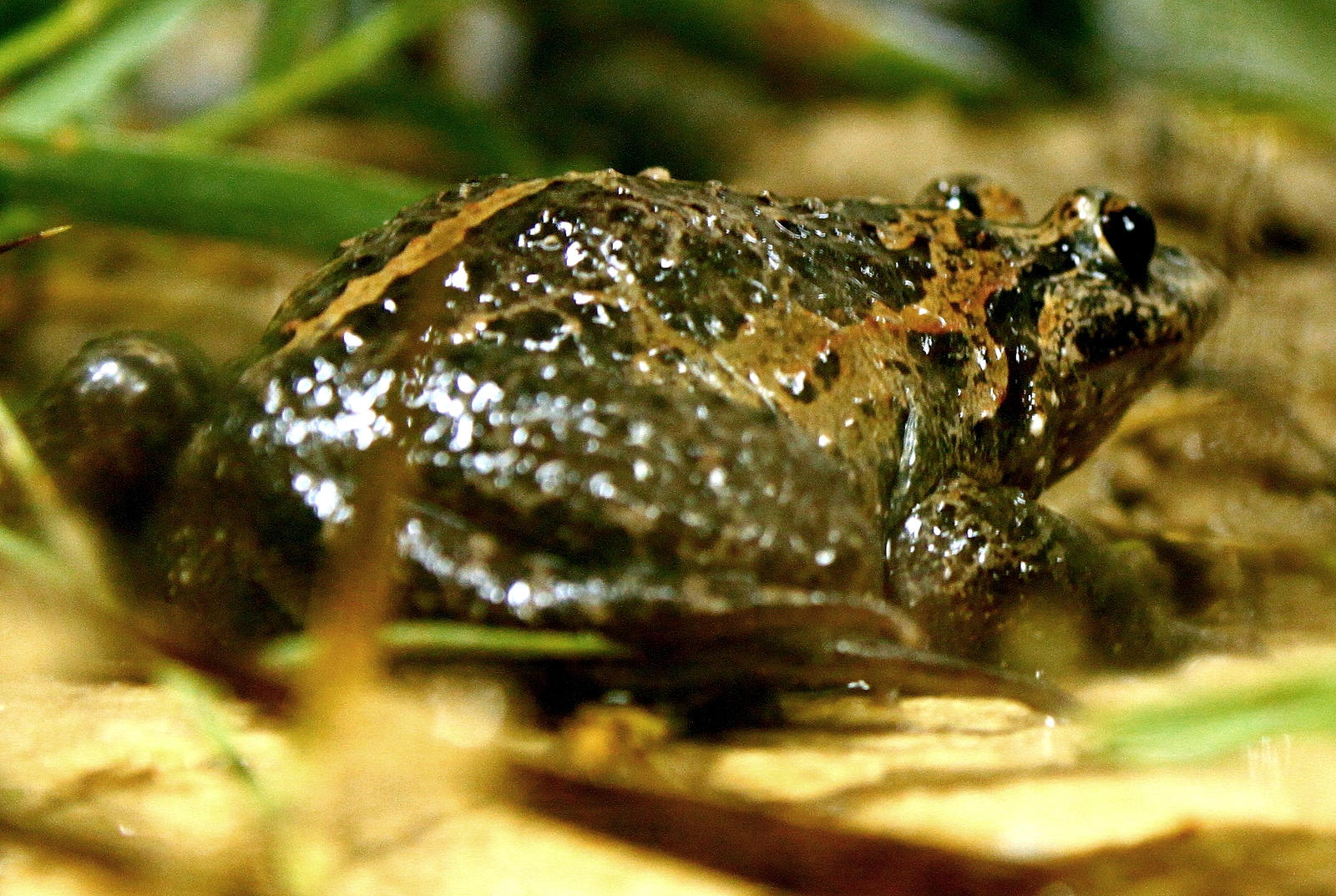
Meanwhile, reptiles have dry scales.
Reptiles have dry skin with “scutes”. Scutes refer to hard and bony scales that cover the skin of reptiles, making them appear rough. It acts as a barrier for the reptile against external forces. For instance, the scales protect the reptile from scratching against rough terrain and rocks.
While their skin looks very dry, it actually helps reduce water loss. A reptile’s scale is made of keratin, which is a type of protein that helps prevent water loss. Because of this, reptiles can survive in desert areas.
Some amphibians have gills, while some have lungs.
Unlike reptiles, amphibians can breathe underwater through their gills. Aquatic salamanders, axolotls, and tadpoles all have gills. Meanwhile, amphibians like frogs and toads have lungs instead of gills. When they are underwater, however, they do not use their lungs. Instead, they absorb oxygen through their skin.
Some amphibians do not have lungs or gills. The “lungless salamander” is a type of salamander that breathes solely through its skin.

Reptiles only have lungs.
Unlike amphibians, reptiles do not have gills, so they can’t breathe underwater. Reptiles don’t have permeable skin either, so they can’t breathe through their skin. Instead, all reptiles breathe through their lungs.
Like humans, reptiles inhale through their nostrils, and the oxygen passes down to their lungs. Most reptiles have “alveoli” in their lungs. Alveoli refer to little sacs through which gas is exchanged.
Amphibians vs Reptiles: Hunting and Diet
Most amphibians and reptiles are carnivores.
Most reptiles are carnivores, such as snakes and crocodiles. They often eat smaller animals such as rats, birds, and fish. They also eat amphibians like frogs or toads. As for lizards and turtles, it varies on their species. Some are herbivores, carnivores, or omnivores.
Like reptiles, most amphibians are carnivores. For instance, frogs eat insects, snails, and worms. However, they didn’t always start as carnivores. As tadpoles, they were herbivores that only ate algae, planktons, and other microflora.

Most amphibians release toxins through their skin to paralyze their prey.
Amphibians don’t just breathe through their skin. They can also produce and release toxins through it. Amphibians have poison glands, and they use these to either protect themselves from predators or subdue their prey.
The level of toxicity varies among species. Most frogs secrete toxic poison, but the toxins are often not fatal. However, some can secrete a poison that can easily kill predators that are much larger than them. The golden poison frog, for instance, is one of the most toxic animals on earth. Despite its small size, this amphibian can secrete enough poison to kill ten grown men.
On the other hand, most reptiles have venomous bites.
Like amphibians, reptiles can also produce poison. However, they do not have poison glands on their skin. Instead, reptiles have a special salivary gland that produces venom. When feeding, reptiles, such as snakes, inject the poison through their fangs.
Aside from paralyzing the prey, the venom also helps the snake digest the animal. Some snakes will eat animals much bigger than them, such as deer, pigs, and other livestock. The venom helps break down the tissues of the prey so the snake can fully digest it.
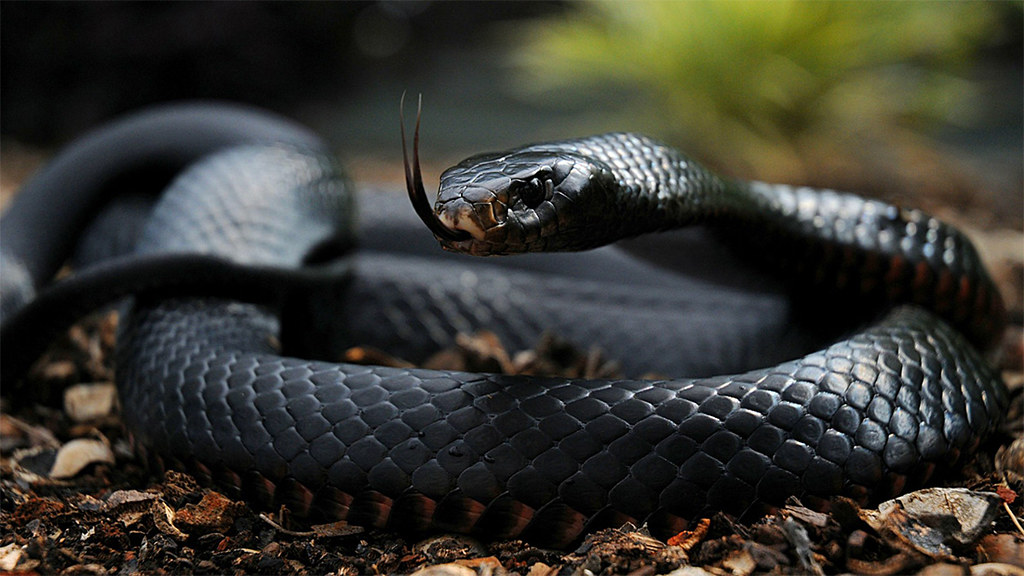
Amphibians vs Reptiles: Habitat
Both amphibians and reptiles live on every continent except Antarctica.
Amphibians and reptiles live in all types of habitats. They can live in deserts or rainforests. Some burrow underground, while some even live on top of trees. Both amphibians and reptiles can survive in many areas, but they cannot survive the harsh environment of Antarctica.
Amphibians can live on both land and water.
While many amphibians live and thrive in water, they can only survive in freshwater, as their permeable skin wouldn’t let them do so. Some frogs are salt tolerant, but most can’t handle high salt levels.
On land, amphibians must also be careful of drying out. Frogs often resurface, but extremely hot weather can hurt them. Because of this, they often live near bodies of water or in places with high humidity.
Of course, this doesn’t mean you won’t sometimes find amphibians in the desert. Desert frogs will often burrow underground to escape the harsh heat.
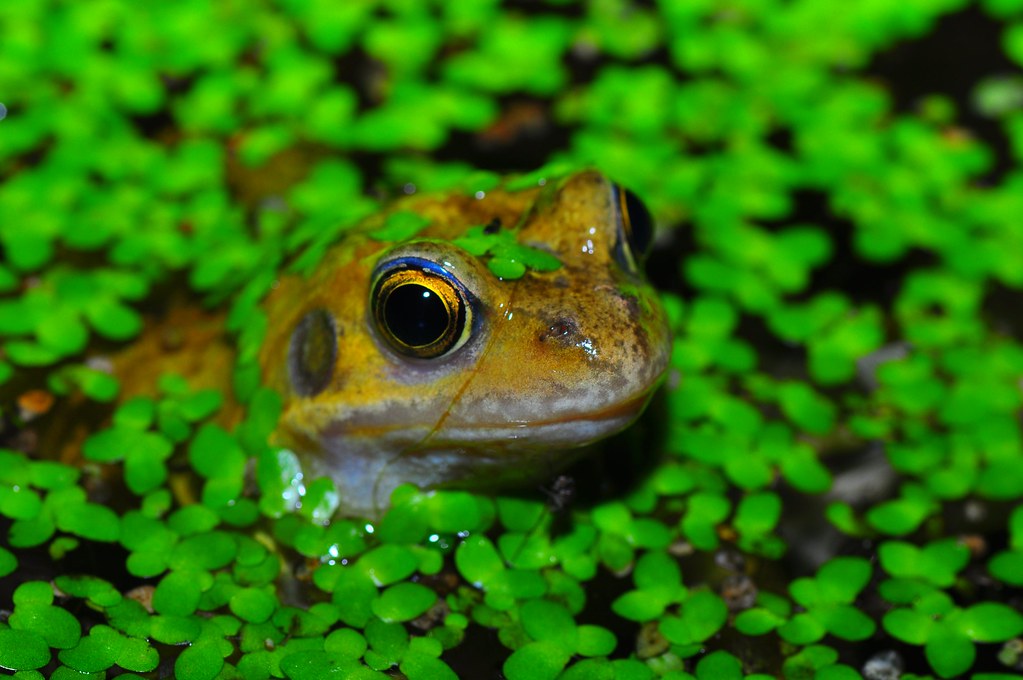
Most reptiles live on land, but some can also survive in the water.
Most reptiles are terrestrial creatures, and they can spend their entire life on dry land. They nest, hatch, and hunt on land. Unlike amphibians, they do not need to live in water.
However, there are aquatic reptiles. Some examples are marine iguanas, sea snakes, and sea turtles. Like other reptiles, they do not have gills. However, they are well adapted to living in the water. They can hold their breath for a long time underwater. Marine iguanas, for instance, can hold their breath for up to 40 minutes. When they run out of air, however, they must resurface to take another lungful of air.
Aquatic reptiles also return to land to nest. For instance, sea turtles will swim back to the shore, dig holes in the sand, and bury their eggs there.
Amphibians vs Reptiles: Reproductive Behavior
Amphibians and reptiles both lay eggs.
Another similarity that makes it hard to differentiate amphibians vs reptiles is how they both lay eggs. Most amphibians and reptiles need to mate to reproduce. However, some species can reproduce asexually. For amphibians, the silvery salamander can reproduce on its own. For reptiles, the New Mexico whiptail can lay eggs on its own.
The eggs of amphibians do not have shells.
While both amphibians and reptiles lay eggs, their eggs couldn’t be more different. Amphibian eggs do not have a shell covering. A jelly-like layer covers the egg instead, and they appear clear or white.
Amphibians lay eggs in the water, where the eggs are safe from drying out. Otherwise, the eggs will not develop and die if they dry out. The eggs will also hatch underwater as tadpoles can’t survive on land.
Most amphibians lay eggs around once or twice every year. It varies on the species, but frogs can lay hundreds to thousands of eggs.
Reptile eggs have shells.
Differentiating amphibians vs reptiles is easy when you look at their eggs. Crocodile and turtle eggs have hard shells, and they often look like bird eggs. However, some reptile species lay eggs with softer shells.
Most snake eggs have soft, leathery shells. Unlike birds, snakes don’t incubate their eggs. Instead, they simply dig holes in the ground or build nests to protect their eggs.
Reptiles, such as lizards, will often lay four to eight eggs. However, some species can lay up to 50 or even 100 eggs at a time.
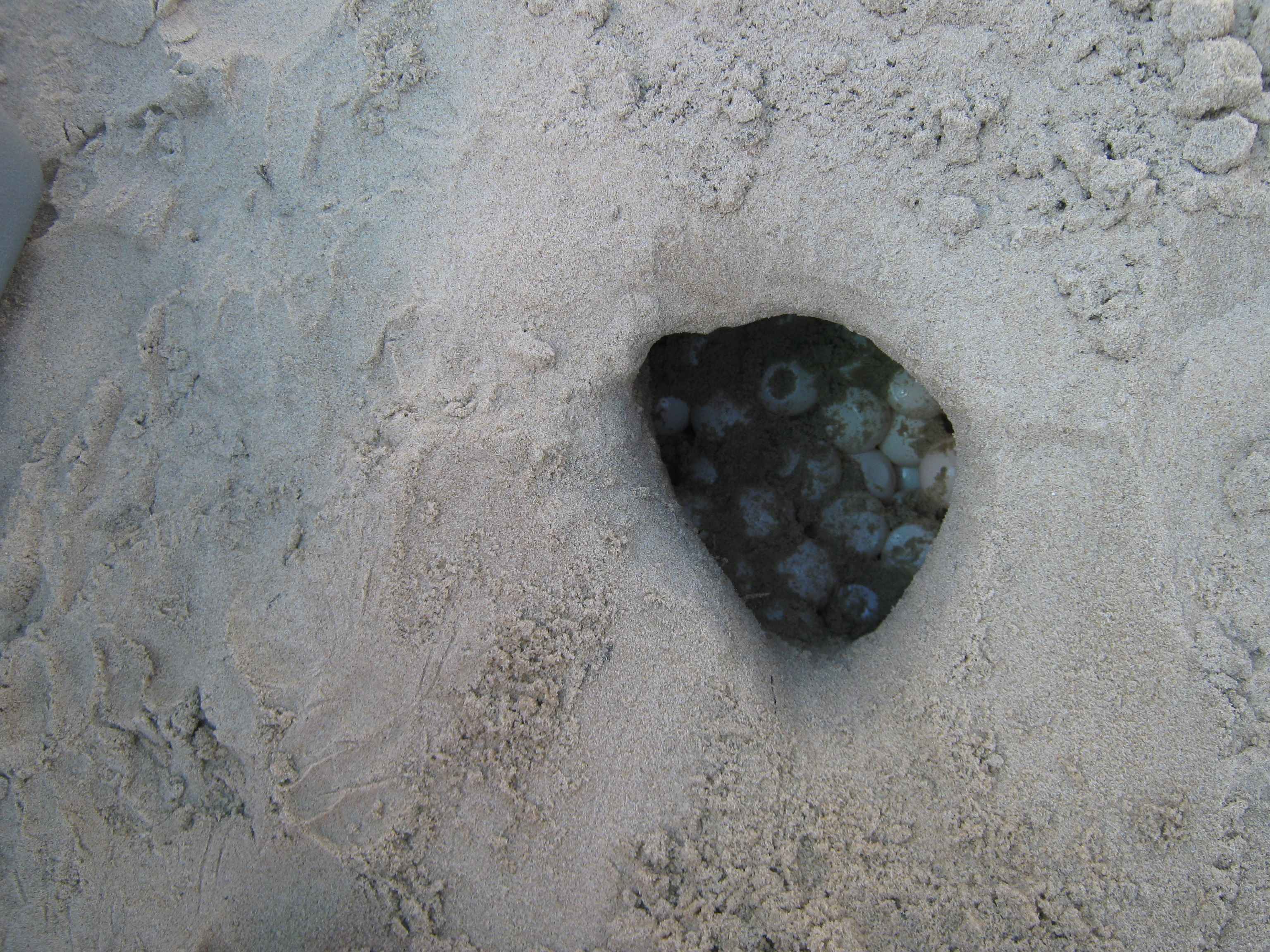
As hatchlings, amphibians are aquatic creatures.
One distinct feature of amphibians is their ability to undergo metamorphosis. Metamorphosis refers to a process of transformation wherein the animal goes through different stages before it reaches its adult form.
As hatchlings, amphibians are aquatic creatures. As they grow older, they develop lungs and limbs, and they turn into either terrestrial or semi-terrestrial creatures. For instance, frogs are born as tadpoles that live in water. Then, they develop limbs. Their tail and intestines shorten. Their gills disappear completely as they develop lungs.
Some amphibians still keep their gills as adults, such as aquatic salamanders and axolotls.
Unlike amphibians, reptiles do not undergo metamorphosis.
Reptile hatchlings will grow bigger and stronger over time, but they will not transform into different forms.
For instance, when a turtle hatches from its egg, it already has lungs and limbs. It also already has a shell, although it is softer and smaller than an adult turtle’s shell. As it grows older, the turtle will only look like a mature version of the hatchling.
Amphibians vs Reptiles: Social Behavior
Both amphibians and reptiles can be domestic pets.
Among amphibians, the most common pets are frogs, toads, and salamanders. It can vary on the species, but most amphibians are easy to care for. They also need less space than cats or dogs since you only need a cage.
Among reptiles, turtles, lizards, and iguanas are the most common pets. Smaller snakes are also popular among pet owners. Like amphibians, pet reptiles occupy less space than cats and dogs. A clean cage will suffice for them.
Amphibians are social creatures that live in groups.
If you’re wondering who is more social between amphibians vs reptiles, the answer is amphibians. Amphibians often live in groups, whether it is on land or on water. For instance, frogs live in groups called armies, colonies, or knots. They often huddle together for warmth, and some even swim together.
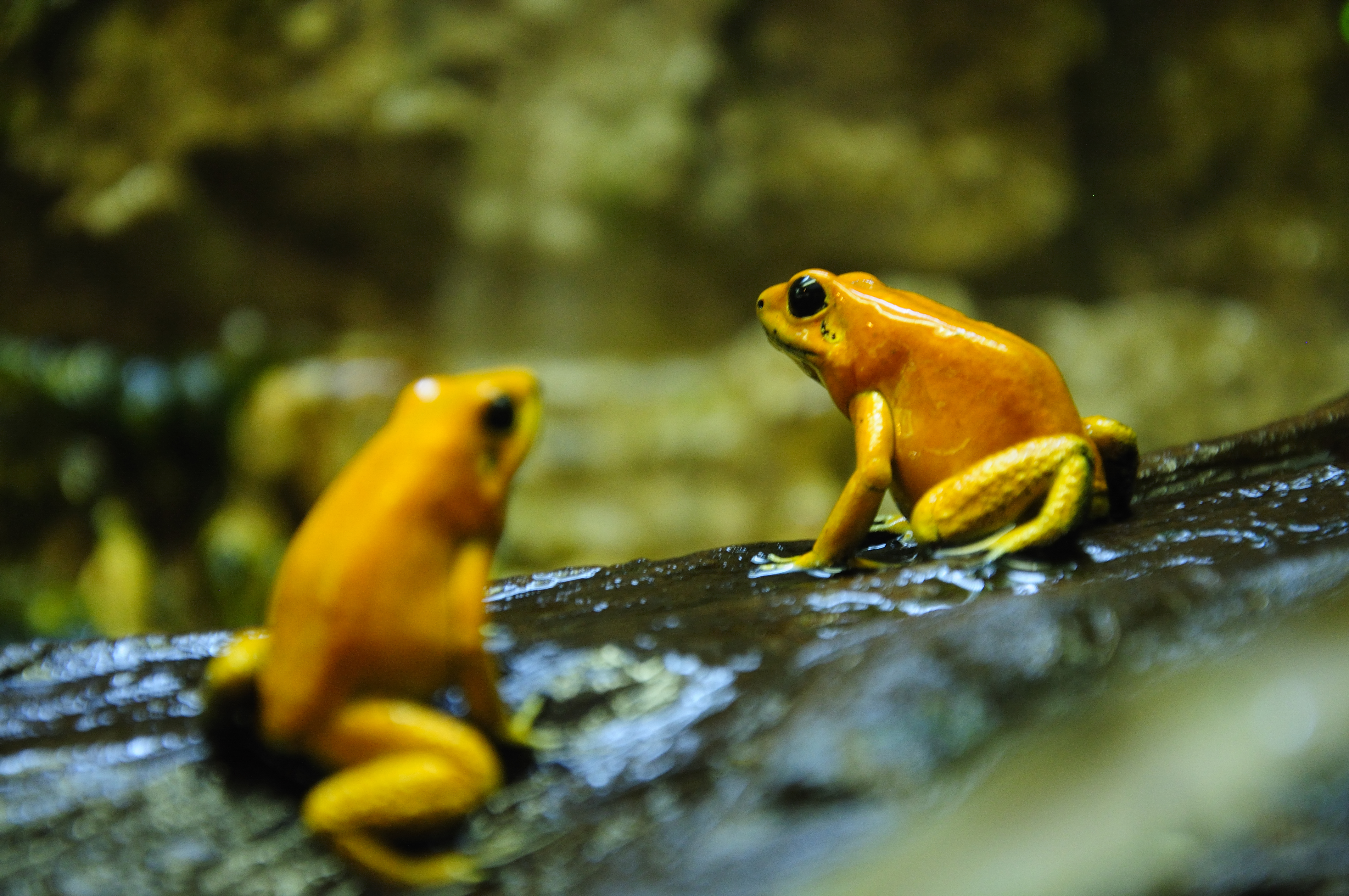
Meanwhile, most reptiles live alone.
Reptiles are solitary creatures. They prefer to live and hunt alone. Most reptiles will only look for other reptiles to reproduce during mating season.
This is one thing to consider if you want to keep different reptiles as pets. Most reptiles are territorial, so it’s best to keep them in separate cages. However, domesticated reptiles will often need socialization. If you’re interested in getting a pet iguana or lizard, you’ll have to talk to your pet every day. Otherwise, they might get lonely and stressed.
Was this page helpful?
Our commitment to delivering trustworthy and engaging content is at the heart of what we do. Each fact on our site is contributed by real users like you, bringing a wealth of diverse insights and information. To ensure the highest standards of accuracy and reliability, our dedicated editors meticulously review each submission. This process guarantees that the facts we share are not only fascinating but also credible. Trust in our commitment to quality and authenticity as you explore and learn with us.


